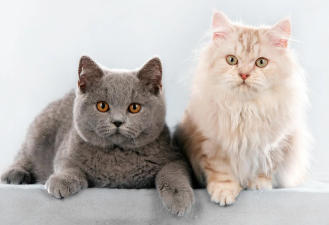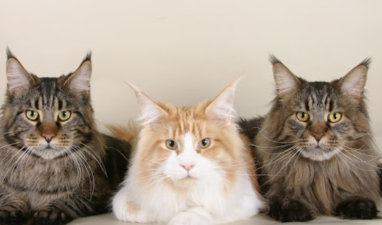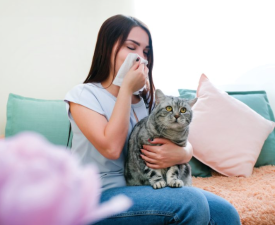As we all know, most cats are afraid of water. For example, they will be very resistant to their owners bathing them. But in fact, cats have the ability to swim, but they just don't like water because of their innate conditions. Most of them can swim if they really want to. So are there some more powerful cats who can not only swim, but also be professional swimmers?
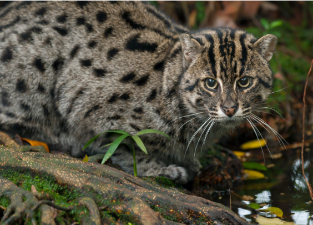
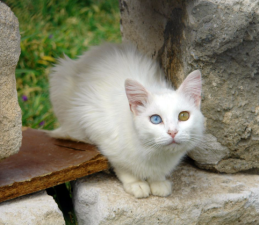
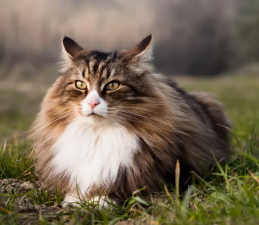
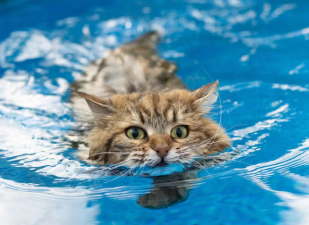
As we all know, most cats are afraid of water. For example, they will be very resistant to their owners bathing them. But in fact, cats have the ability to swim, but they just don't like water because of their innate conditions. Most of them can swim if they really want to. So are there some more powerful cats who can not only swim, but also be professional swimmers?
- Fishing cat

As the name suggests, fishing cats must be cats related to water. This is indeed the case. Fishing cats are medium-sized cats with a head and body length of 65 to 85 cm. They mainly live in wetlands from India to Southeast Asia and Indonesia. They generally live in shrub areas in forest areas, reeds along rivers, and evergreen forests on tropical coasts. The staple food is fish. They like to walk at night. They are ferocious by nature and are not easy to be domesticated. The average lifespan of wild fishing cats is 10 to 12 years. They are very good at swimming, but not good at climbing.
Unfortunately, due to the reduction of wetland habitats and overfishing by humans, their numbers have dropped sharply. Now they are endangered animals. Since they cannot get rid of their wildness after many generations of artificial breeding, it is difficult to breed them artificially. They are classified as Class II protected animals in my country. Don't think of raising a fishing cat.
- Turkish Van Cat

The Turkish Van cat originated in the Van Lake area of Turkey. It is smart, alert, lively, likes to play and climb. It has a sweet and pleasant voice and is friendly to people. It is an excellent breed that is very suitable for family breeding. Turkish Van cats especially love to play in the water and even swim in shallow water. After swimming, the water on their bodies is extremely easy to shake off, and the owner does not need to take care of it.
Although this cat loves water, looks good, and is very suitable for domestic breeding, unfortunately there are very few purebreds in existence, not to mention wild ones, so the price is also very high, and ordinary families cannot raise them.
- Bengal cat
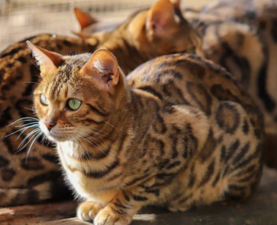
The Bengal cat is the offspring of a domestic cat and an Asian leopard cat. After many generations of selection and artificial breeding, the wildness of wild leopard cat has been reduced, making it suitable for domestic pets.Although after many generations of breeding, Bengal cats can still retain some habits of leopard cats, such as the characteristics of loving water. They can swim and play with their owners, and take a bath naturally. Of course, due to the complexity of breeding, the price of Bengal cats is also very expensive, but compared with Turkish Van cats, it is still easy to raise. You can often see people raising leopard cats on the Internet.
- Norwegian Forest Cat

Norwegian Forest Cat is a domineering cat as its name suggests. It lives in the forest, has thick fur and a strong physique. Its appearance is similar to that of Maine Coon cats. It has a double coat, the outer layer is waterproof, and the inner layer is warm. Because it lives in a relatively harsh forest environment, it often travels through mountains and rivers, and has a high tolerance to water. The oily coat is not very afraid of flooding.
The Norwegian Forest Cat is a natural cat breed. Since its genes have not been modified by artificial breeding, the common genetic diseases of purebred cats, such as heart, kidney, eye and respiratory diseases, are very rare. The survival temperature of the Norwegian Forest Cat in its native land is minus 16 degrees in winter and the highest temperature in summer is 24 degrees. It is a cat breed that is afraid of heat but not cold. They are gentle, friendly and easy to get along with, and are very suitable for home breeding. However, it is not suitable to be kept indoors for a long time. If there is a yard or a spacious house at home, it is very suitable to keep it.

Although the above four cats can make you no longer troubled by bathing your cat, due to the law and their own breeding restrictions, the expensive price is not something that every family can raise, so you can also try to train your cat, and you can also learn to swim and reach the point of loving water. In fact, most cats are not afraid of water in the strict sense, but they just hate their fur getting wet. Let them slowly get used to the existence of water, and they will no longer be disgusted.

